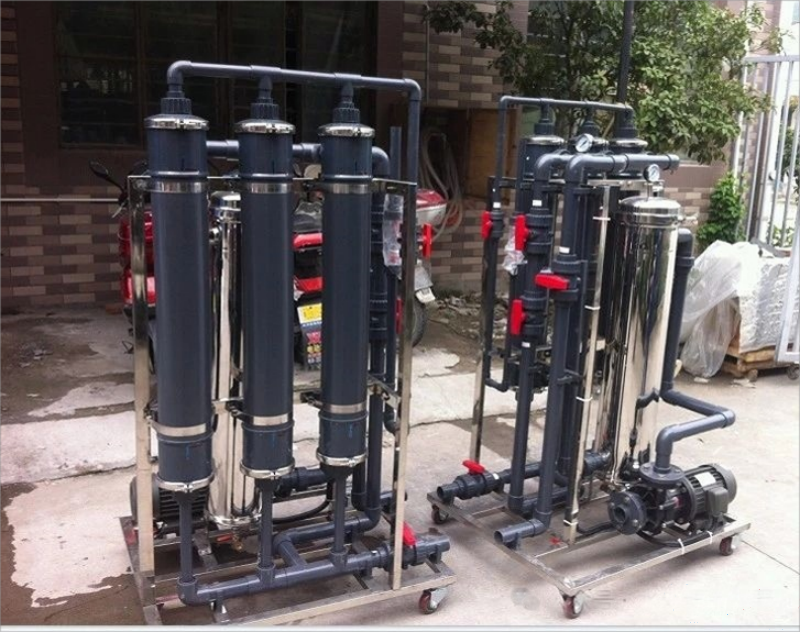Consultation hotline:
(+86)0532-88988868
(+86)0532-88988868
Electrophoretic paint, also known as electrophoretic paint, now there are many people who continue to use the name of "electrophoretic paint" instead of "electrophoretic coating". As the pitfalls of conventional spraying continue to emerge, electrophoresis is becoming more and more common. Electrophoretic paint has also begun to be continuously updated, from anode electrophoretic paint to cathode electrophoretic paint, from one-component electrophoretic paint to two-component electrophoretic paint, the development of electrophoretic paint has also promoted the development of electrophoretic coating, so that more products no longer use spraying technology but use electrophoresis.
As a new type of low-pollution, energy-saving, resource-saving, start-up protection and anti-corrosion coating, electrophoretic coating has the characteristics of smooth coating film, good water resistance and chemical resistance, etc., and is easy to realize the mechanization and automation of the coating industry, suitable for coating workpieces with complex shapes, edges and corners, and holes, and is widely used in the coating of hardware such as automobiles, automatic vehicles, electromechanical, and home appliances.

1. Electrophoretic coating can achieve complete mechanization and automation, which not only reduces labor intensity but also significantly improves labor productivity, making it suitable for large-scale assembly line operations.
2. Electrophoretic coatings have high permeability and can be completely dissolved or emulsified in water. The viscosity of the prepared solution is very low, making it easy to penetrate into the bag like structures and gaps of the coated material. It is particularly suitable for surface coating of irregular conductive materials.
3. The electrophoresis bath has high conductivity, and coating ions can quickly swim under the action of an electric field. After being neutralized on the surface of the coated object, an electrically neutral wet paint film is formed. As the wet paint film thickens, the resistance increases, and the deposition of coating particles gradually decreases, thus forming a uniform and fine coating film.
4. The utilization rate of coatings is high, reaching 95% or even 100%. Due to the low solid content and viscosity of the tank solution, there is less coating carried out by the coated material, especially with the application of ultrafiltration technology, which implements a closed cycle coating process and high coating recovery rate.
5. The anti-corrosion ability of the coating is strong, and electrophoretic coating can significantly improve the corrosion resistance of the inner cavity, weld seam, and edge of the workpiece due to the uniform film formation under the action of an electric field.
6. Electrophoretic coatings have low solubility, which is beneficial for environmental protection and has good production safety. After 30 years of development, cathodic electrophoretic coatings have been continuously updated by coating suppliers represented by the United States, who have adopted new technologies and developed new products.

The new generation of cathodic electrophoretic coatings should have the following characteristics:
A. The permeability of the new generation of cathodic electrophoretic coatings should be further improved. The higher the swimming penetration rate, the more uniform the film thickness inside the car body, thereby improving the overall corrosion resistance of the car body, reducing the construction voltage, and decreasing the amount of paint used.
B. Improve edge corrosion resistance. During the electrophoresis process, some edge parts are prone to corrosion due to the electrochemical effect of the coating, resulting in a particularly thin coating at the corners. Improving the coating performance can enhance the anti-corrosion ability.
C. Reduce the aspect ratio. The pigment to resin ratio is the ratio of pigment to resin in a coating. Reducing it can increase the resin content, improve the flowability of the coating, reduce the settling rate of colloids, decrease pigment flocculation and protect the pump, and reduce material consumption.
D. Reduce the amount of solvent. The higher the solvent content, the greater the environmental pollution, which is not conducive to work. Reducing it is beneficial for protecting the environment and saving investment.
E. Lead free Wuxi, more environmentally friendly. Lead plays an important role in the anti-corrosion catalysis, passivation, and accelerated cross-linking of electrophoretic coatings. However, lead containing pigments have a significant impact on the anti-corrosion of bare steel plates, and lead itself is a highly toxic element, with strict environmental restrictions on it. Tin has similar properties to lead and is usually mixed with the two.
limitations
1. Electrophoresis can only be performed with electricity, so it is suitable for conductive coatings (usually metals).
2. Coating materials composed of multiple metals with different conductivity characteristics should not be coated using electrophoretic coating technology. Some electrophoretic coatings may cause allergic reactions to metal ions such as Cu and Sn.
3. The wet film of electrophoretic coating needs to be baked to form a dense paint film, so the coated material that cannot withstand high temperatures cannot be coated using electrophoretic coating technology.
4. The update period for the bottom of the electrophoresis tank is within 6 months, so electrophoresis coating is not suitable for small-scale production occasions.
5. The performance of electrophoretic coatings on different substrates varies.
6. Strong technical expertise is required as support, especially in color electrophoresis, to achieve the expected color effect. If not a professional, there may be some difficulty in color matching.


